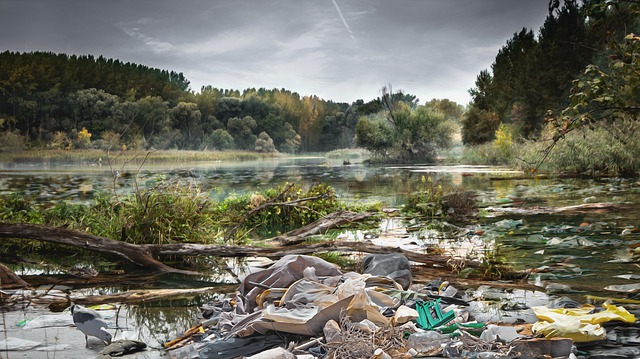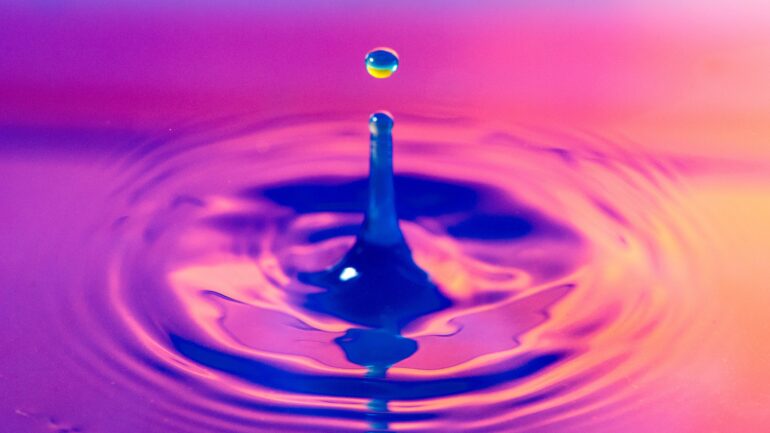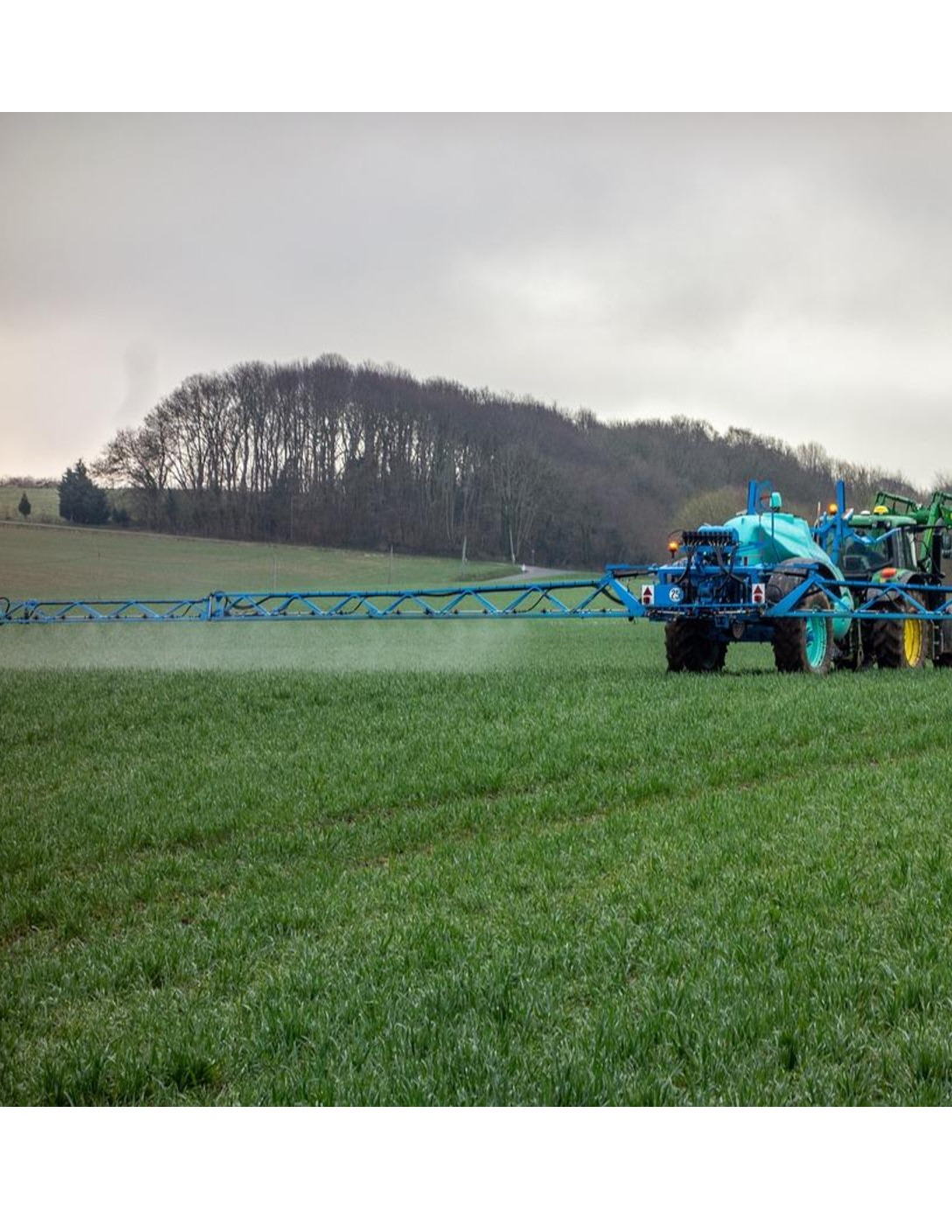By Taylor Schaefer, Staff Writer and Editor for Save the Water™ | October 14, 2015
The Plastic Problem
In 2014, a study conducted by Gyres Institute estimated that 5.25 trillion plastic particles weighing around 269,000 tons are currently dispersed throughout the surface of our oceans. 1 Macro and microplastics are literally suffocating marine life and oceans as they infiltrate our food chain and contaminate waterways.
Plastic production has been increasing for more than 50 years. Production exploded from 1.9 tons in the 1950’s to 330 million tons in 2013.1 The production rate stems from most plastics’ low cost, efficiency, and durability. For examples, polyethylene and polypropylene have properties that resist biological degradation. These kinds of plastics account for an estimated 60 to 80 percent of all marine litter.2
Despite the International Maritime Organization’s ban on disposal of plastic waste in marine environments, plastics often find their way into oceans by land and sea. 1 First, land-based debris come from industrial waste sites and urban areas. Sewage or stormwater systems wash them away. Or rivers transport them. Lastly, and perhaps worse, beach visitors simply leave plastic waste on beaches. This is the main source of plastic waste entering marine environments. Second, ocean-based debris come from marine vessels, including fishing equipment. People accidentally or intentionally throw these debris overboard. 3
How Types of Plastic Affect the Ocean
When plastics reach the ocean, they gradually break down into smaller pieces. This is due to exposure to UV light, oxidation, and physical interaction with animals and oceanic movements. But the breakdown of larger plastic waste do not solely produce microplastics. For example, “microbeads” found in personal care products such as kinds of toothpaste and skin cleansers contain microplastics. These small plastics often escape water treatment facilities and pass into waterways.
The exposure of both large and small plastic debris has been clearly documented in marine organisms at allotropic levels, from plankton to large mammals.1 Once marine organisms consume these plastics, tests have shown that chemicals can leach out and be reabsorbed into the guts and tissues of marine organisms. 4 Koty Shard, a microbiology professor at Ekerd, claims, “Microplastics can change what type of bacteria are in sea water.” This means that microplastics can alter the most fundamental elements of the food chain.
Persistent Organic Pollutants (POPs) fuse with plastic debris in the ocean. Polycyclic aromatic hydrocarbons (PAHs), polychlorinated biphenyls (PCBs), polybrominated diphenyl ethers (PBDEs), and dioxins (DDTs) are all common organic chemicals. POPs are widespread in both land and water. Some of these are highly toxic and have a wide range of negative health effects, including endocrine disruption.2 They also have high mutagenicity and carcinogenicity properties. Furthermore, POPs do not easily degrade in the environment. As a result, they accumulate in the food chain. 2 Thousands of similar chemicals may infest our oceans. But researchers are limited to screening only for compounds they can identify. As a consequence, even more highly toxic but undetectable compounds may contaminate our water.5
Future Implications
Anne-Marie Cook is one of two Environmental Protection Agency lead scientists investigating possible health risks posed by marine plastics. She noted, “There are a lot of repercussions to a community in finding out that their food supply is potentially contaminated.”1 More research must be done to determine what happens when plastic particles enter organisms and human beings in particular.
Furthermore, toxins from microplastics cause concern among experts such as Heather Leslie, an ecotoxicologist of VU University Amsterdam.1 Leslie claims, “plastic particles can induce immunotoxicological responses, alter gene expression, and cause cell death.”1
A better understanding of the movement and distribution of plastic throughout the oceans requires more scientific studies. New laws should promote more responsible handling of plastics. These laws should target producing, recycling, and disposing microplastics. The manufacturing of plastics would be a good place to start. Additionally, creating sustainable plastics that are more biodegradable would reduce accumulation in the oceans. Lastly, such biodegradable properties would also reduce the number of leaching chemicals in the long term.
Solutions to Plastic Problem
Further research is the key to confronting issues that plastics create for oceans, bays and rivers. Understanding which plastics and POPs have the most impact on marine life, water quality, and human consumption is a necessary step in determining an appropriate manufacturing process. It will also lead to the development of new technologies for processing waste and creating alternative materials for packaging. Research conducted by Save the Water on POPs and other potentially harmful properties will give the public greater insight into the toxicity of these compounds. Increased public knowledge generated by the research and educational material provided by Save The Water will also put pressure on manufacturers to monitor the chemicals used in production materials and hopefully reduce harmful plastic waste in the future.
References
- Nate Seltenrich. February 2015, erratum June 2016. “New Link in the Food Chain? Marine Plastic Pollution and Seafood Safety.” Environmental Health Perspectives, 123(2). www.ncbi.nlm.nih.gov/pmc/articles/PMC4314237/
- Lorena M. Rios, et al. August 2007. “Persistent Organic Pollutants Carried by Synthetic Polymers in the Ocean Environment.” Science Direct. www.sciencedirect.com/science/article/pii/S0025326X07001324
- A. C. Vegter, et al. October 17, 2014. “Global Research Priorities to Mitigate Plastic Pollution Impacts on Marine Wildlife.” Endangered Species Research, 25:225-247. www.seadocsociety.org/wp-content/uploads/Vegter-et-al2014-plastic-marine-wildlife.pdf
- Craig Pittman. June 14, 2014. “‘Microplastics’ Imperil Marine Life in Tampa Bay, Worldwide.” Tampa Bay Times. http://bit.ly/1shxdrb
- United States Environmental Protection Agency. December 9, 2016. “Persistent Organic Pollutants: A Global Issue, A Global Response.” http://bit.ly/2eMGSVe





